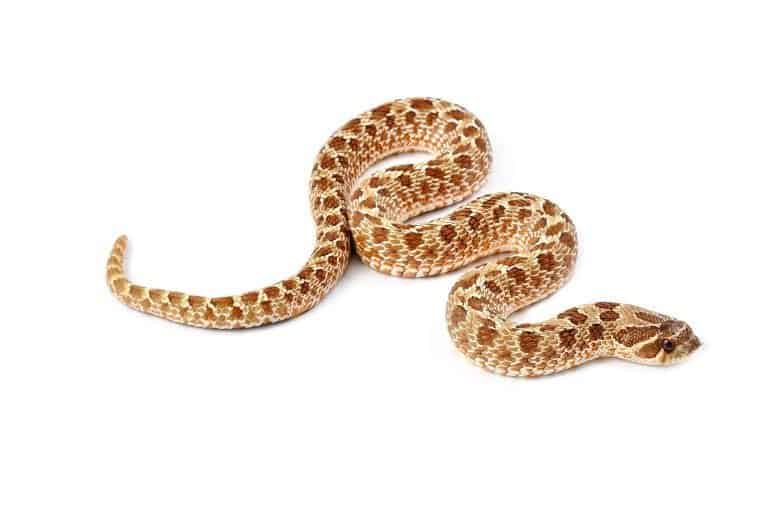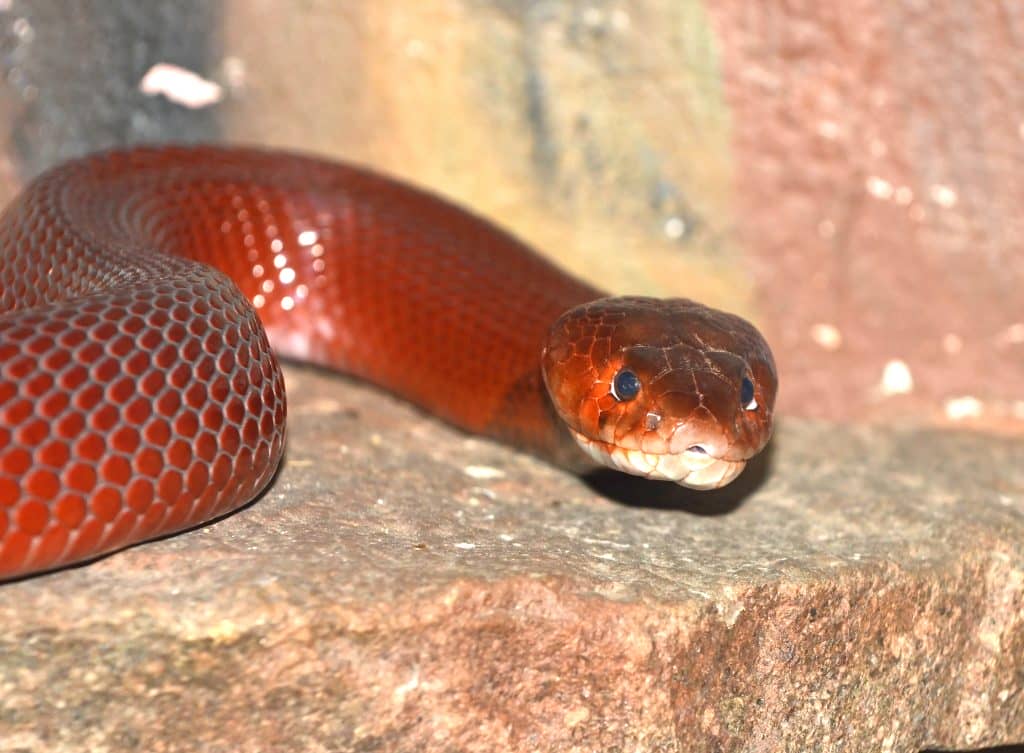1. Zoo Med ReptiTherm Under Tank Heater
Overview:
One of the most trusted names in reptile care. Perfect for beginners and pros alike.
Pros:
-
Reliable and durable
-
Sticks well under glass tanks
-
Multiple sizes available
Cons:
-
Adhesive can lose stickiness over time
-
Thermostat not included
2. Fluker’s Heat Mat
Overview:
Affordable, simple, and does the job.
Pros:
-
Great for small to medium tanks
-
Energy efficient
-
Heats evenly
Cons:
-
Adhesive could be stronger
-
Gets quite hot — thermostat needed!
3. iPower Reptile Heat Pad
Overview:
Budget-friendly with adjustable features.
Pros:
-
Includes temperature control dial
-
Flexible and easy to use
-
Good heat distribution
Cons:
-
Built-in dial isn’t always accurate — use an external thermostat
4. VIVOSUN Reptile Heat Pad
Overview:
Popular with hobbyists for its durability.
Pros:
-
Waterproof design
-
Sturdy construction
-
Reasonably priced
Cons:
-
Some find the adhesive weak
-
Can overheat if unchecked
5. BN-LINK Durable Reptile Heating Pad
Overview:
Heavy-duty option for larger enclosures.
Pros:
-
Durable build
-
Compatible with external thermostats
-
Maintains stable heat
Cons:
-
A bit bulky
-
Adhesive may need reinforcement
6. Jump Start Under Tank Heater
Overview:
Trusted in both reptile and seed-starting circles.
Pros:
-
Even, consistent heat
-
Long-lasting
-
Good value for the price
Cons:
-
No built-in thermostat
-
Adhesive can be tricky
How to Install a Snake Heating Pad Properly
Step-by-Step Guide
-
Clean the Tank: Make sure the glass is dust-free where the pad will stick.
-
Attach the Pad: Peel the adhesive backing and press it firmly to the underside of the tank.
-
Plug It In: Connect it to your thermostat, set the desired temp.
-
Monitor: Always check temps with a reliable thermometer.
Safety Tips
Never place the heating pad inside the tank. Always use a thermostat to prevent overheating. And regularly check for wear and tear.
Do’s and Don’ts of Using Heating Pads
Common Do’s
-
Do use a thermostat
-
Do monitor temps regularly
-
Do provide a temperature gradient
Common Don’ts
-
Don’t use a pad without a thermostat
-
Don’t place heavy objects on the pad
-
Don’t cover the entire tank bottom — your snake needs a cool side too!
Signs Your Snake’s Heating Pad Needs Replacing
Is the pad not warming up evenly? Is the adhesive peeling? Maybe it’s showing burn marks? Don’t risk it — replace it before it fails you (and your snake).
Alternative Snake Heating Options
Heat Lamps vs Heating Pads
Heat lamps provide overhead warmth and can mimic sunlight, but they dry out humidity fast. Heating pads warm from below, which snakes love for digestion.
Ceramic Heat Emitters
These give off heat without light — great for night use. But like lamps, they warm the air more than the ground.
Tips to Keep Your Snake Safe and Warm
Use a thermostat, always have a thermometer on hand, and don’t forget to check on your buddy daily. Small actions = big difference.
Conclusion
Keeping your snake warm and healthy is simple if you pick the right heating pad and use it properly. Whether you’re a newbie or a seasoned herp lover, the right gear makes all the difference. Invest wisely — your scaly friend is counting on you!
FAQs
Q1: What size heating pad do I need for my snake tank?
Pick one that covers about one-third of the tank’s floor area. This gives your snake a warm side and a cool side.
Q2: How long should a snake heating pad stay on?
24/7, but always controlled by a thermostat to maintain safe temperatures.
Q3: Can a heating pad cause burns?
Yes, if not used with a thermostat or if placed inside the tank. Always use it under the tank and monitor temps.
Q4: Do all snakes need heating pads?
Most do, especially species that need belly heat for digestion. Research your specific snake’s needs.
Q5: Are thermostats necessary for heating pads?
Absolutely! Never run a reptile heating pad without one.



